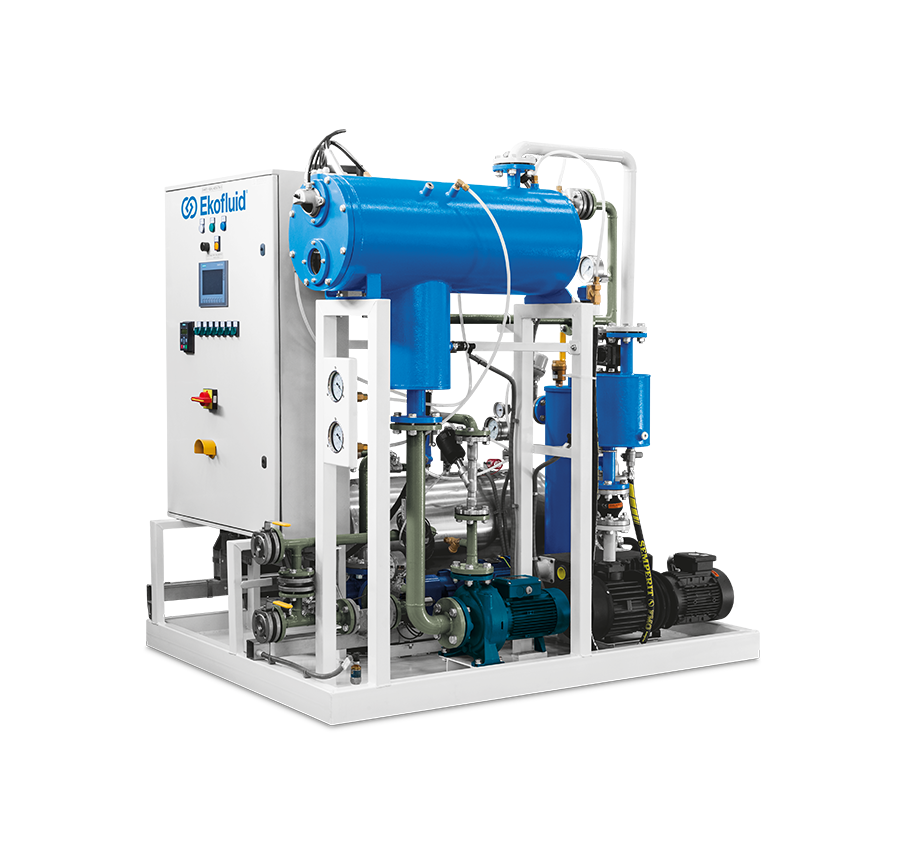An oil treatment plant is a facility that uses a variety of processes to remove impurities from oil. The goal of oil treatment is to improve the quality of the oil so that it can be used for a variety of purposes, such as for lubrication, fuel, or electrical insulation.
Oil treatment plants typically use the following processes:
- Filtration: Filtration is the process of removing solid impurities from oil. This is done by passing the oil through a filter, which traps the impurities.
- Centrifugation: Centrifugation is the process of separating liquids from solids by spinning them at high speed. This process is used to remove water and other light impurities from oil.
- Dissolved gas removal: Dissolved gas removal is the process of removing dissolved gases from oil. This is done by heating the oil to a high temperature, which causes the gases to come out of solution.
- Dehydration: Dehydration is the process of removing water from oil. This is done by heating the oil to a high temperature and then passing it through a drying agent.
- Neutralization: Neutralization is the process of removing acids and bases from oil. This is done by adding chemicals to the oil that react with the acids and bases to neutralize them.
- Desulphurization: Desulphurization is the process of removing sulphur from oil. This is done by adding chemicals to the oil that react with the sulphur to form a solid residue, which is then removed from the oil.
Oil treatment plants are an important part of the oil and gas industry. They help to ensure that the oil that is used is of a high quality and that it does not contain harmful impurities.





